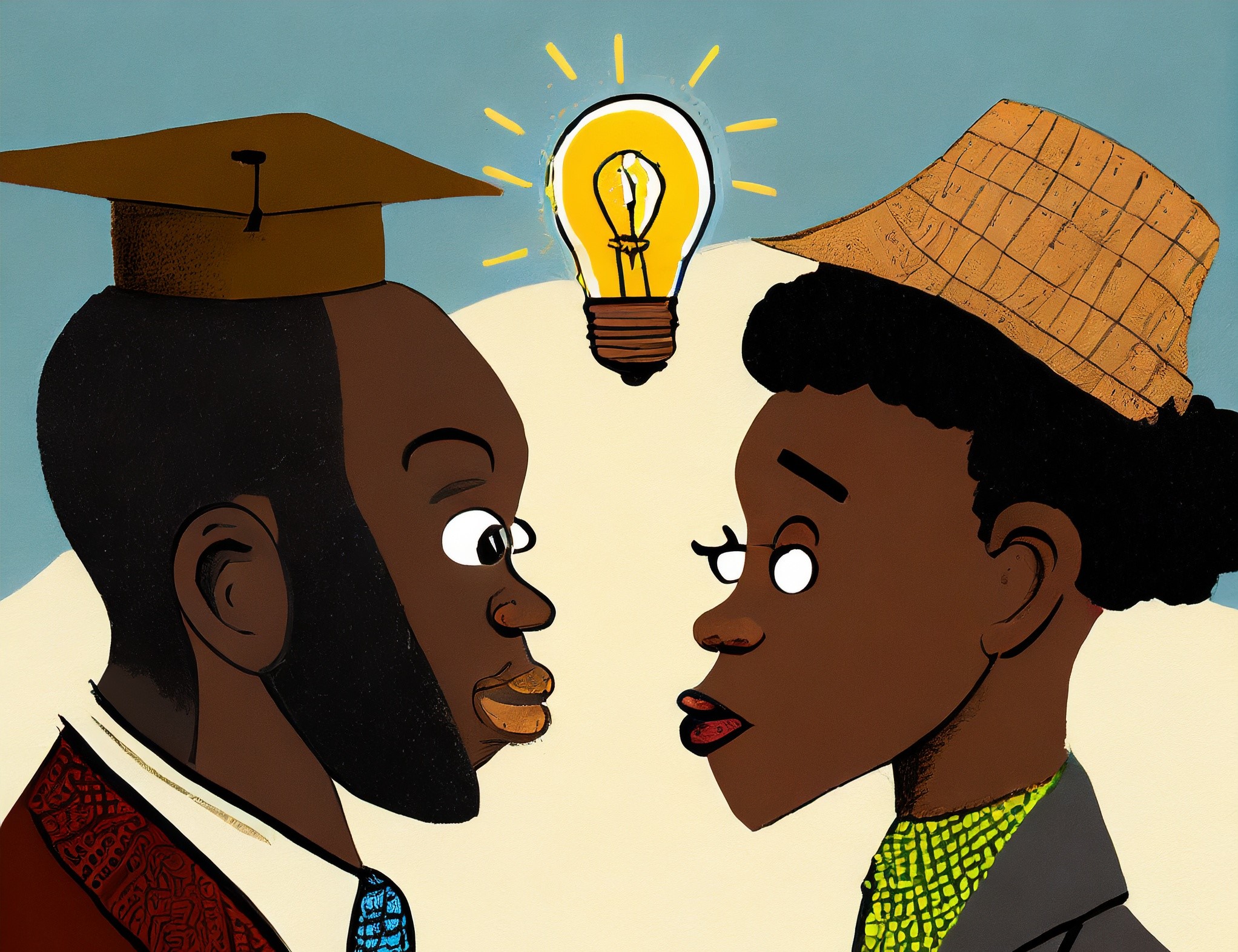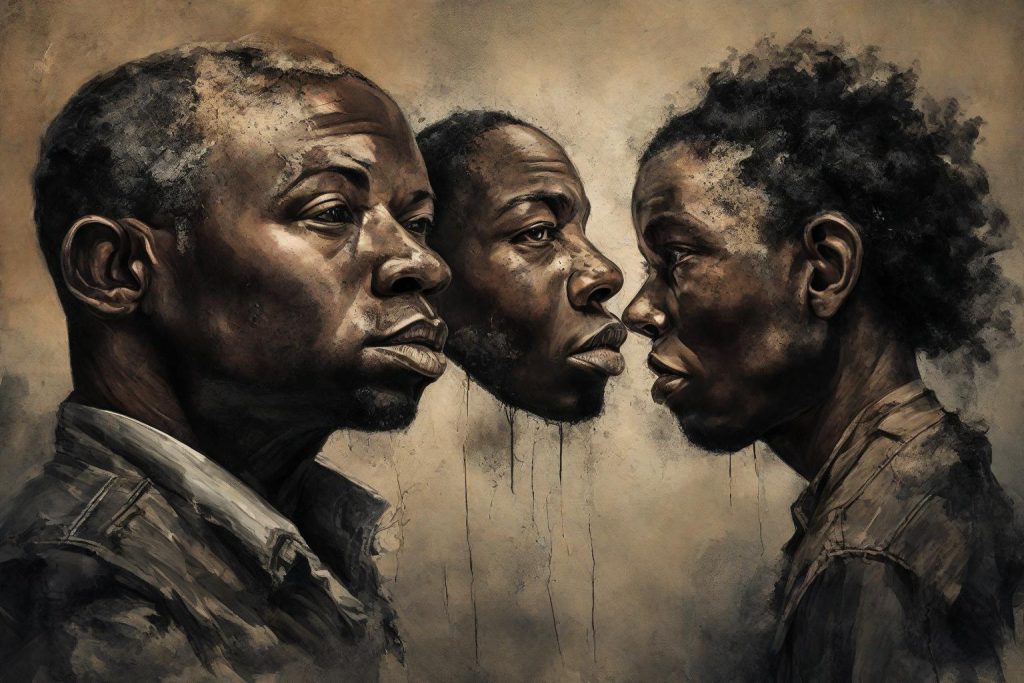
In our world, two powerful ideas often collide and shape the way we think about creating a better world: “realism” and “idealism.” These two concepts impact our society in numerous ways. Let’s take a closer look at what realism and idealism mean and how they influence our lives.
Understanding Realism and Idealism
Realism is about seeing the world as it truly is, without unrealistic or overly optimistic notions. It’s a practical approach that acknowledges that people can sometimes act out of self-interest and that the world can be a challenging place Idealism, on the other hand, is all about having high hopes and envisioning a better world. Idealists believe in values like justice, equality, and peace. They have faith in the inherent goodness of people and believe that by following these values, we can make the world a better place.
Realism is the belief that the world is what it is, and that we should accept it as such. Idealism, on the other hand, is the belief that the world can be improved and that we should strive to make it a better place. These two concepts often collide, as realists may see idealists as naive and unrealistic, while idealists may see realists as cynical and pessimistic.
Realism can be seen in many aspects of our society. For example, in politics, realists often argue that we should focus on maintaining the status quo, rather than trying to achieve unrealistic goals. In business, realists often argue that we should focus on making money, rather than trying to do good in the world. And in personal relationships, realists often argue that we should accept people for who they are, rather than trying to change them.
Idealism can also be seen in many aspects of our society. For example, in politics, idealists often argue for change and progress. In business, idealists often argue for social responsibility and environmental sustainability. And in personal relationships, idealists often argue for love and understanding.
Both realism and idealism have their strengths and weaknesses. Realism can be seen as cynical and pessimistic, but it can also be seen as practical and realistic. Idealism can be seen as naive and unrealistic, but it can also be seen as hopeful and optimistic.
The Clash of Ideas
Realism and idealism often collide when we have to make important decisions. Consider the example of environmental conservation. Realists might argue that we should balance environmental protection with economic stability. Idealists, on the other hand, might advocate for a complete overhaul of our practices to protect the planet.
In social impact work, we often encounter this clash between realistic and idealistic approaches. Realistic approaches focus on practical, achievable goals and measurable outcomes. Idealistic initiatives aim for long-term, systemic change by addressing the root causes of social issues.

Realistic approaches are often criticized for being too slow and incremental. They can also be seen as lacking ambition, as they may not seek to address the root causes of social problems. However, realistic approaches can be effective in making incremental progress toward social change. They can also be more sustainable in the long run, as they are less likely to be derailed by changes in political or economic conditions.
Idealistic approaches are often criticized for being too ambitious and unrealistic. They can also be seen as being too focused on the long term, at the expense of making progress in the short term. However, idealistic approaches can be effective in bringing about long-term, systemic change. They can also be more inspiring and motivating, as they give people a vision of a better future.
Impact on Society Through Politics, Innovation and Technology
Politics: The clash between realism and idealism is evident in politics. Realists might focus on practical policies that address short-term issues, while idealists may advocate for transformative change, such as the pursuit of equality and social justice. The dynamic clash between realism and idealism shapes the course of nations and governments. Here, the clash isn’t just a philosophical debate; it’s a tangible force that influences policies, decisions, and the direction of societies. Let’s explore this impact in more detail:
Realists in politics often focus on practical, short-term policies. They are concerned with immediate challenges and seek to address them using pragmatic solutions. For realists, the key is to navigate the complex web of international relations and domestic issues by making choices that maintain stability and serve the interests of their nation.
On the other side of the spectrum, idealists in politics advocate for transformative change. They are driven by high principles such as equality, social justice, and human rights. Idealists believe in the possibility of a world that is not only stable but also just and fair for all. They push for policies that align with these lofty values, even if they require significant changes.
The clash between these two ideologies can lead to complex policy debates. For instance, in economic policies, realists might prioritize strategies that stimulate short-term economic growth, while idealists may advocate for long-term measures that address income inequality and ensure a fair distribution of resources.
In international politics, realists often focus on national security and the pursuit of the country’s interests. They might support policies that prioritize military strength and alliances. Idealists, however, promote diplomacy, cooperation, and international institutions as a means to achieve global peace and prosperity.
Throughout history, various political movements and leaders have exemplified the clash between realism and idealism. Notable figures like Mahatma Gandhi, Nelson Mandela, Martin Luther King etc who advocated for nonviolent resistance, and Franklin D. Roosevelt, who introduced the New Deal during the Great Depression, serve as examples of idealistic leaders who aimed for transformative change.
Innovation and Technology: The tech world is a battleground for these ideas. Realists might prioritize efficiency and profitability, while idealists push for ethical tech development and the responsible use of emerging technologies.
The tech world is a battleground for the ideas of innovation and technology. Realists might prioritize efficiency and profitability, while idealists push for ethical tech development and the responsible use of emerging technologies.
Realists believe that technology should be used to solve problems and improve people’s lives. They argue that technology can be used to create new jobs, improve efficiency, and make the world a better place.
Idealists believe that technology should be used in a way that is ethical and responsible. They argue that technology should not be used to harm people or the environment. They also believe that people should have control over how technology is used.
Balancing Both Ideas
To create a better world, we don’t have to choose one idea over the other. It’s often best to find a balance. We can use realism to solve immediate problems and idealism to envision a brighter future. For example – Helping People in Need: Realists can focus on immediate needs like providing food and shelter, which are practical and urgent. Idealists, on the other hand, can look at the bigger picture and work to change the systems that perpetuate these problems.
The best approach to social impact work is often a combination of realistic and idealistic approaches. Realistic approaches can help to ensure that progress is made in the short term, while idealistic approaches can help to create a vision for the long term. By combining these two approaches, social impact work can be more effective in making a lasting difference.
In real-world politics, leaders often find themselves in a balancing act between realism and idealism. They need to make practical decisions to address immediate challenges while holding onto long-term values and aspirations. Striking this balance is a defining characteristic of effective political leadership.
The debate between realists and idealists is likely to continue as technology continues to evolve. Realists believe that technology is a tool that can be used for good or evil, and that it is up to humans to decide how it is used. Idealists believe that technology can be used to create a better world and that it is our responsibility to use it for that purpose. It is important to consider both perspectives when developing and using new technologies. We need to be aware of the potential risks and benefits of new technologies, and we need to make sure that they are used in a way that benefits all of humanity.
Ultimately, it’s not about one idea triumphing over the other. The key is to use both ideas thoughtfully. Realism and idealism can work together to create a better world. We should be practical when needed and dream big when the time for change comes. By striking the right balance, we can make the world a better place for everyone.
Yours for Impact
G.O. Lawal
@iamgolawal
References:
“An Inquiry into the Nature and Causes of the Wealth of Nations” by Adam Smith (1776).
“Critique of Practical Reason” by Immanuel Kant (1788).
“The Tragedy of Great Power Politics” by John Mearsheimer (2001).
“The Political Realism of Reinhold Niebuhr” by David F. Ford (2010).
“The Social Contract” by Jean-Jacques Rousseau (1762).
“The Second Bill of Rights: FDR’s Unfinished Revolution and Why We Need It More Than Ever” by Cass R. Sunstein (2004).
“The Tragedy of American Diplomacy” by William Appleman Williams (1959).
“The Clash of Civilizations and the Remaking of World Order” by Samuel P. Huntington (1996).
“Development as Freedom” by Amartya Sen (1999).
“The Shallows: What the Internet Is Doing to Our Brains” by Nicholas Carr (2010).
👏🏾👏🏾👏🏾👏🏾👏🏾👏🏾